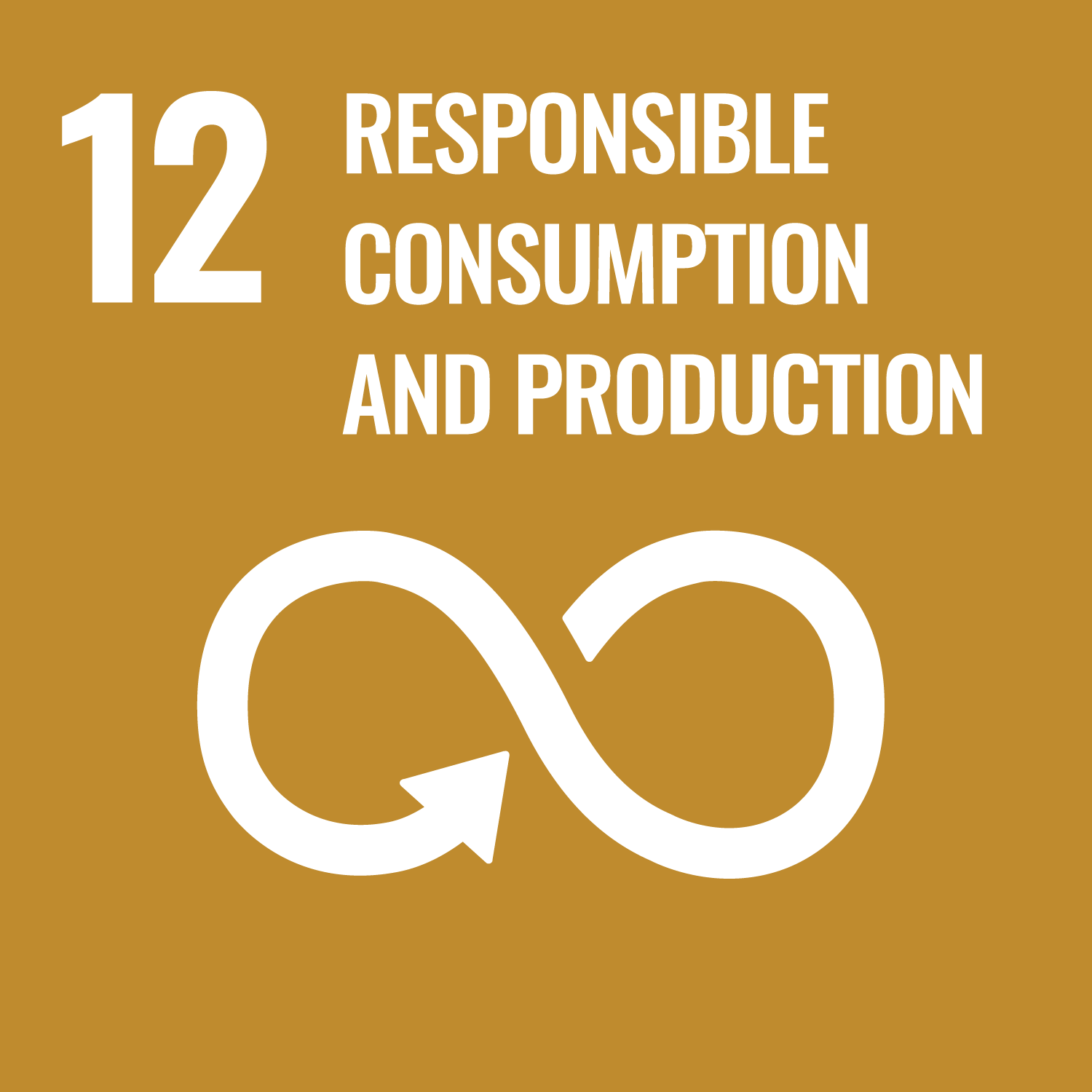The course covers the following topics; stress and strain concepts, axial load, statically indeterminate axially loaded members,
thermal stress, torsion, angle of twist, bending, transverse shear, combined loading, stress and strain transformation,
deflection of beams and shafts, statically indeterminate beams and shafts, buckling of beams.
1. To provide the basic concepts and principles of strength of materials.
2. To give an ability to calculate stresses and deformations of objects under external loading.
3. To give an ability to apply the knowledge of strength of materials on engineering applications and design problems.
2. To give an ability to calculate stresses and deformations of objects under external loading.
3. To give an ability to apply the knowledge of strength of materials on engineering applications and design problems.
- To be able to calculate stress and deformation of a straight bar which is subjected to axial tension or compression, and to be able to calculate stress and deformation of a twisted bar.
- To be able to calculate bending stress and deflection of a beam, and draw shearing force diagram and bending moment diagram of a beam.
- To be able to calculate bending deflection of a beam.
| Class schedule | HW assignments (Including preparation and review of the class.) | Amount of Time Required | |
|---|---|---|---|
| 1. | About Strength of materials, unit, load, deformation, tensile and compression stress and strain. |
Reading the textbook : from Sec 1-1 to 1-4. | 60minutes |
| 2. | Stress and strain under shearing force, stress change at each position, various types of load. |
Reading the textbook : from Sec 1-5 to 1-7. | 60minutes |
| 3. | Hooke's law, stress-strain curve, various types of stress-strain curves, working stress and safety factor, Poisson's ratio. |
Reading the textbook : from Sec 2-1 to 2-5. | 60minutes |
| 4. | Thermal stress, stresses caused by self-weight, stresses caused by impact load, stress concentration, stresses by internal pressure. |
Reading the textbook : from Sec 3-1 to 3-5. | 60minutes |
| 5. | Deformation of shafts under torsion. | Reading the textbook : from Sec 4-1. | 60minutes |
| 6. | Deformation of shafts for power transmission shafts. | Reading the textbook : from Sec 4-2. Reading the textbook : from Sec 5-1 to 5-5. |
60minutes |
| 7. | Mid-term examination and comments on the exam. | Preparing for the examination. | 60minutes |
| 8. | Beams, types of beam and supporting condition, calculation of reactional force of a beam. (Simply supported beam under uniform load, cantilever beam under concentrated load, cantilever beam under uniform load.) |
Reading the textbook : from Sec 5-1 to 5-3. | 60minutes |
| 9. | Beams, types of beam and supporting condition, drawing of bending moment, shearing force diagram and bending moment diagram. Deflection of beams, stress and strain distribution under bending, bending moment and stress. |
Reading the textbook : from Sec 5-4 to 5-8. Reading the textbook : from Sec 6-1 to 6-3. |
60minutes |
| 10. | Deflection of beams, stress and strain distribution under bending, bending moment and stress. Calculation of center of mass and moment of inertia of area, the meaning of section modulus, various types of cross section of beams. |
Reading the textbook : from Sec 6-1 to 6-3. | 60minutes |
| 11. | Calculation of center of mass and moment of inertia of area, the meaning of section modulus, various types of cross section of beams. |
Reading the textbook : from Sec 6-4 to 6-6. | 60minutes |
| 12. | Deflection of beams. | Reading the textbook : Sec 6-7. Reading the textbook : from Sec 7-1 to 7-2. |
60minutes |
| 13. | Stresses under combined loading, Mohr's stress circle. | Reading the textbook : from Sec 7-1 to 7-2. | 60minutes |
| 14. | Final term examination and comments on the exam. | Preparing for the examination. | 60minutes |
| Total. | - | - | 840minutes |
| Report | Mid-term examination | Final term examination | Total. | |
|---|---|---|---|---|
| 1. | 10% | 40% | 0% | 50% |
| 2. | 5% | 0% | 20% | 25% |
| 3. | 5% | 0% | 20% | 25% |
| Total. | 20% | 40% | 40% | - |
There will be report (20marks), two main exams: midterm (40marks) and final (40marks). Students must earn at least 60 marks
out of 100.
Textbook : Oyama and Suzuki, Mechanics of Materials for beginners 2nd Ed.,Morikita Publishing Co.
( 小山,鈴木共著,はじめての材料力学 第2版 新装版,森北出版 in Japanese)
( 小山,鈴木共著,はじめての材料力学 第2版 新装版,森北出版 in Japanese)
- Course that cultivates an ability for utilizing knowledge
| Work experience | Work experience and relevance to the course content if applicatable |
|---|---|
| Applicatable | to design of some parts for automobile components. |


- 9.INDUSTRY, INNOVATION AND INFRASTRUCTURE
- 12.RESPONSIBLE CONSUMPTION & PRODUCTION
Last modified : Sat Mar 21 13:02:25 JST 2020

